|
Voiced by Amazon Polly |
Introduction
AI is transforming industries with capabilities like predictive analytics, real-time insights, and automation. Traditionally, these AI models have relied on centralized cloud infrastructure for processing and storage. However, as latency, bandwidth, and data privacy challenges arise, edge computing is emerging as a game-changer. By processing data closer to where it is generated, edge computing allows AI systems to make real-time decisions, driving efficiency, scalability, and resilience.
Ready to lead the future? Start your AI/ML journey today!
- In- depth knowledge and skill training
- Hands on labs
- Industry use cases
What is Edge Computing, and Why Does It Matter for AI?
Edge computing involves processing data at or near the data source—on devices like IoT sensors, smartphones, or local edge servers—instead of sending it to a distant cloud data center. This architecture enables faster decision-making, reduces bandwidth usage, and enhances data privacy.
For AI, this paradigm shift unlocks several benefits:
- Reduced Latency: Critical for real-time applications like autonomous vehicles and industrial automation.
- Bandwidth Optimization: Reduces the need to transfer massive datasets to the cloud, saving costs and resources.
- Improved Privacy and Data Security: Processing sensitive information locally reduces the risk of exposure and enhances data protection measures.
How Edge AI Works: The Process Unveiled
- Data Collection: Sensors and devices collect data from the physical world.
- Local Processing: AI models analyze and process this data on edge devices or local edge servers.
- Decision-Making: Insights are generated in real time, enabling actions without cloud dependency.
- Cloud Sync (Optional): Processed data can be sent to the cloud for further analysis or storage.
Key Benefits of Edge AI
1. Real-Time Insights and Decision-Making
Applications like autonomous vehicles and industrial robots require immediate responses. By processing AI models locally, edge computing enables instantaneous decision-making without cloud delays.
Example:
Autonomous Vehicles: AI-powered vehicles analyze sensor data locally to make split-second navigation decisions, ensuring safety and efficiency.
2. Bandwidth and Cost Efficiency
Edge computing reduces the need to transmit massive datasets to the cloud, optimizing bandwidth usage and lowering costs.
Example:
Smart Cities: Surveillance cameras process video feeds locally, transmitting only critical events to the cloud, saving storage and bandwidth costs.
3. Enhanced Privacy and Compliance
Processing data locally ensures sensitive information remains on the device, addressing privacy concerns and regulatory requirements.
Example:
Healthcare Devices: Wearables analyze patient vitals on-device, safeguarding sensitive health data while providing real-time feedback.
Technical Foundations of Edge AI
Model Optimization Techniques
Deploying AI on resource-limited devices requires optimized models:
- Quantization: Optimizes model size and accelerates inference by utilizing reduced precision formats.
- Pruning: Eliminates redundant parameters to improve efficiency.
- Knowledge Distillation: Transfers knowledge from a large model to a smaller, lightweight model.
Hardware Acceleration
Edge devices leverage specialized hardware to enhance AI performance:
- TPUs (Tensor Processing Units): Accelerate machine learning tasks.
- NPUs (Neural Processing Units): Optimize neural network processing.
- Edge AI Chips: Designed specifically for low-power, high-performance AI inference.
Power Efficiency
AI frameworks like TensorFlow Lite and ONNX optimize models for energy efficiency, crucial for battery-powered edge devices.
Real-World Applications of Edge AI
- Predictive Maintenance in Manufacturing: IoT sensors analyze equipment performance locally to predict failures, reducing downtime and costs.
- Smart Retail: AI-powered cameras and sensors enable personalized in-store experiences, improving customer engagement.
- Healthcare and Remote Monitoring: Wearables provide real-time health insights, enhancing patient care and early intervention.
- Agriculture: Drones and sensors analyze soil and crop conditions, enabling precision farming and resource optimization.
Overcoming Challenges in Edge AI
1. Data Privacy and Security
Edge AI must handle sensitive data securely. Solutions include:
- Federated Learning: Models are trained across devices without sharing raw data, preserving privacy.
- Homomorphic Encryption: Allows data to be processed in its encrypted form, ensuring security.
2. Network Reliability
Edge AI reduces reliance on constant connectivity, but managing intermittent networks remains a challenge. Strategies include:
- Edge Caching: Stores frequently used data locally to minimize cloud dependency.
- Network Slicing: Allocates network resources dynamically for optimized performance.
3. Cost Management and Resource Allocation
Managing resources across edge devices can be complex. Automation tools like Terraform and Kubernetes help streamline deployments and scaling.
The Future of Edge AI
As technologies like 5G, IoT, and AI hardware continue to evolve, edge computing will drive innovations across industries. Emerging trends include:
- Edge-to-Cloud Continuum: Seamless integration between edge and cloud for hybrid processing.
- AI at the Edge for Smart Cities: Real-time traffic management, energy optimization, and public safety.
- Personalized Edge AI: Custom AI models on personal devices for unique, user-specific experiences.
Conclusion
Edge computing is revolutionizing the AI landscape by bringing intelligence closer to where data is generated. By enabling real-time decision-making, enhancing privacy, and optimizing costs, edge AI is unlocking new possibilities across industries. As organizations embrace this shift, they will be better positioned to innovate and thrive in an increasingly data-driven world. Edge AI is not just about technology; it’s about transforming the way we interact with the world—one real-time insight at a time. By bringing AI closer to the source, edge computing is reshaping how businesses and individuals experience intelligence in real-time. The future of AI is not just in the Cloud—it’s at the Edge.
Get your new hires billable within 1-60 days. Experience our Capability Development Framework today.
- Cloud Training
- Customized Training
- Experiential Learning
About CloudThat
CloudThat is an award-winning company and the first in India to offer cloud training and consulting services worldwide. As a Microsoft Solutions Partner, AWS Advanced Tier Training Partner, and Google Cloud Platform Partner, CloudThat has empowered over 850,000 professionals through 600+ cloud certifications winning global recognition for its training excellence including 20 MCT Trainers in Microsoft’s Global Top 100 and an impressive 12 awards in the last 8 years. CloudThat specializes in Cloud Migration, Data Platforms, DevOps, IoT, and cutting-edge technologies like Gen AI & AI/ML. It has delivered over 500 consulting projects for 250+ organizations in 30+ countries as it continues to empower professionals and enterprises to thrive in the digital-first world.

WRITTEN BY Rohit Tiwari


 Login
Login


 December 17, 2024
December 17, 2024 PREV
PREV
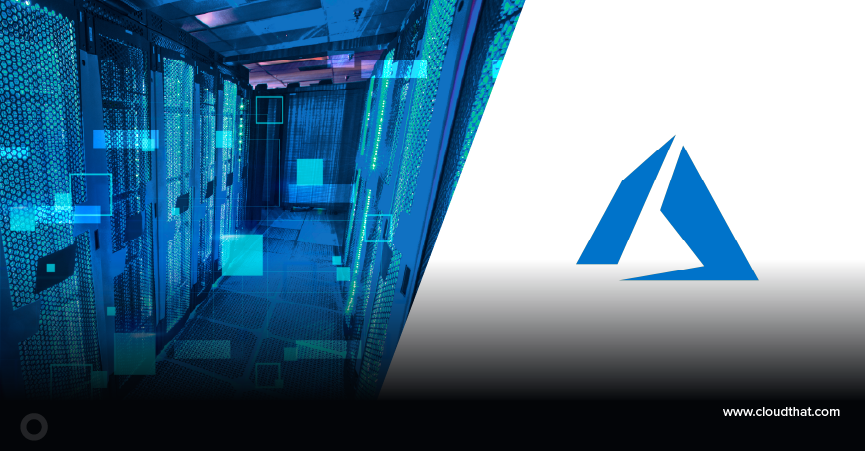

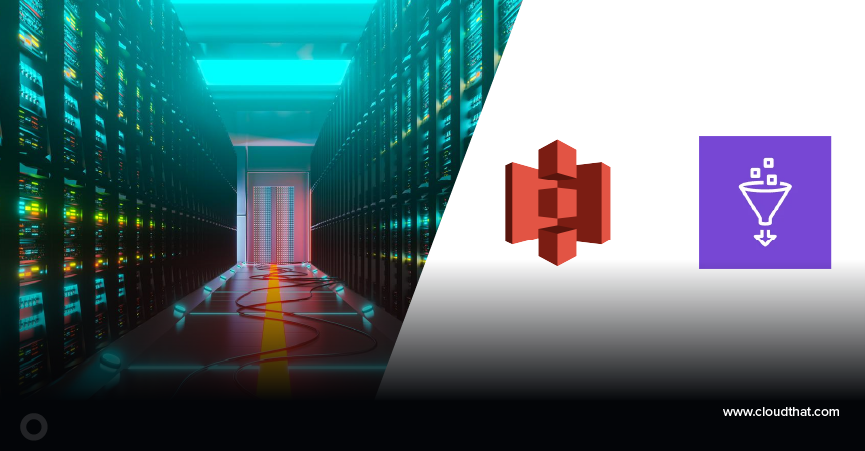
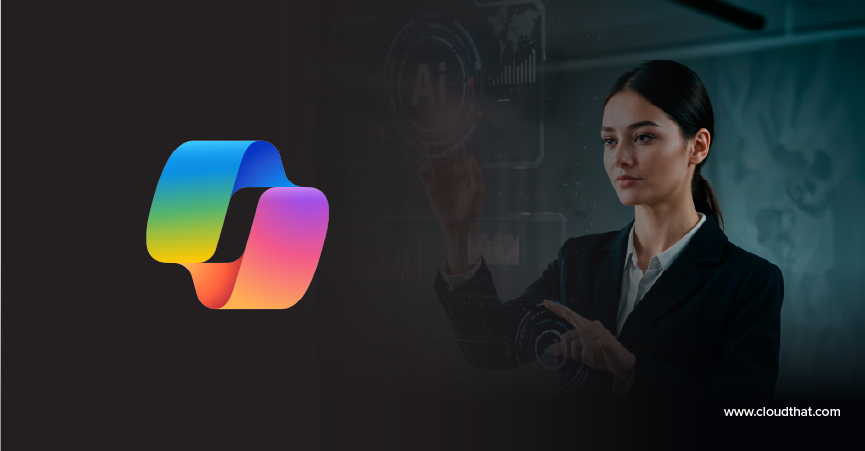
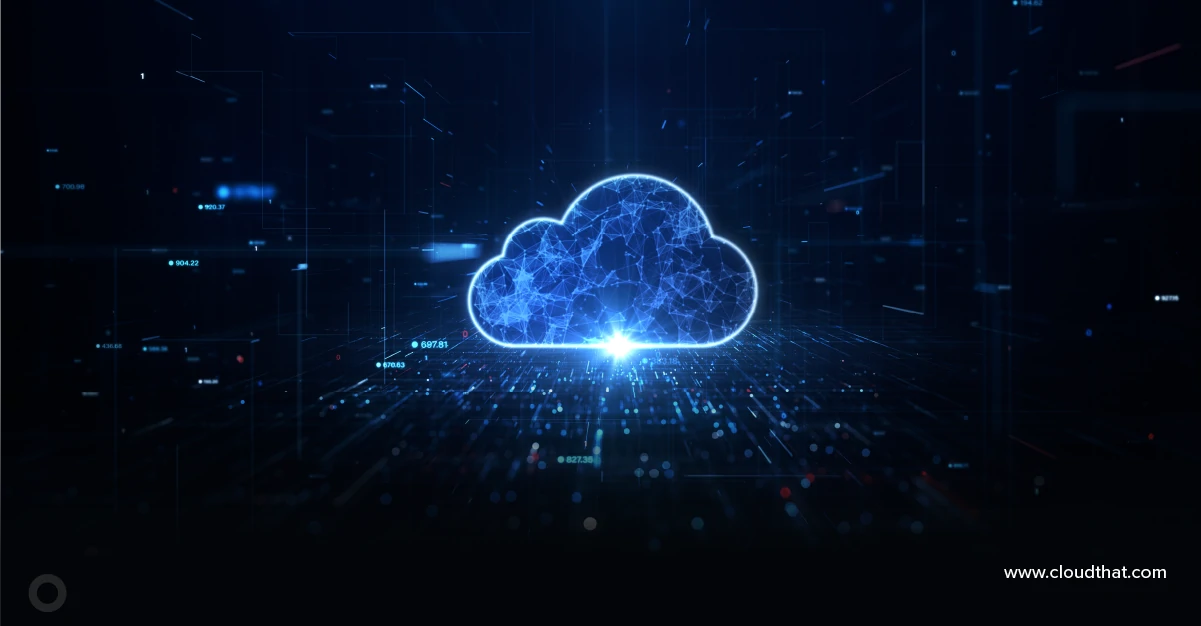

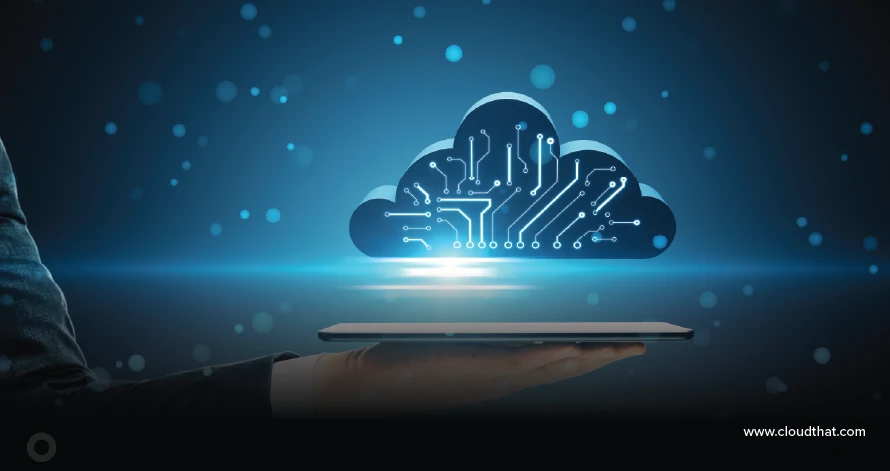



Comments